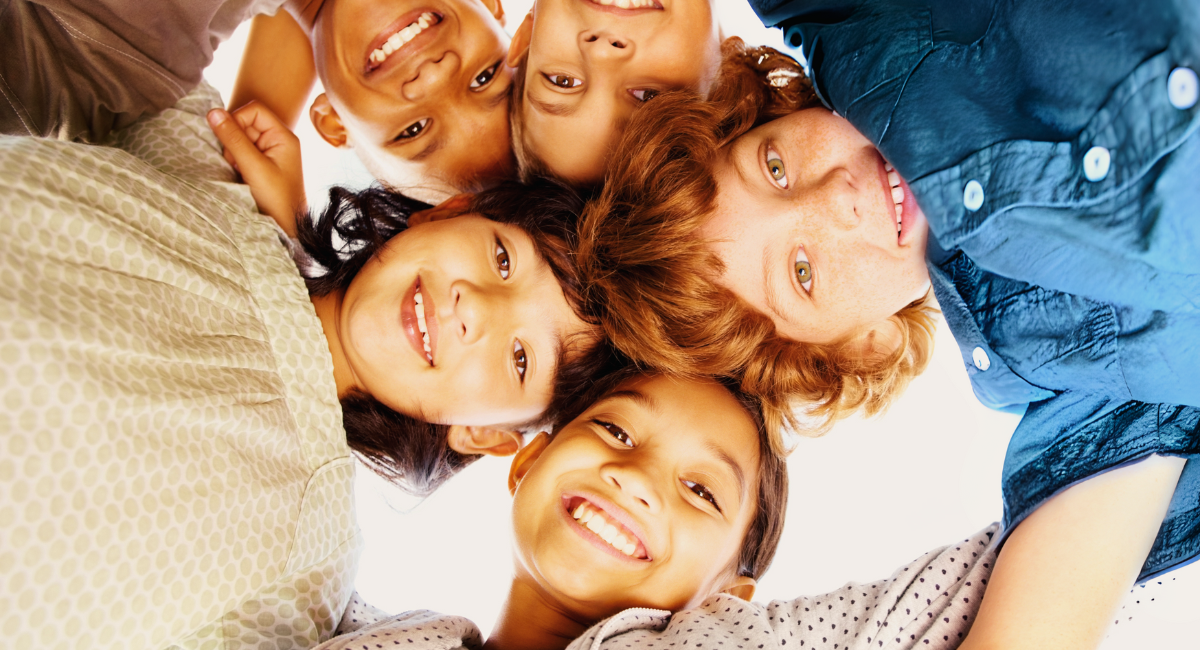
The successful treatment of head lice involves the patient, the family, and the household.
TREATMENT OF THE INDIVIDUAL
The treatment recommended by Monadnock Regional Pediatrics at this time may vary somewhat according to the family situation. The steps below represent the most commonly suggested treatment.
The primary treatment will be the mayonnaise method, with follow-up daily inspections of all family members, and the treatment of the household.
CAN RUBBING ALCOHOL KILL LICE AND NITS?
Rubbing alcohol is sometimes considered as a treatment for head lice due to its disinfectant properties. However, while it may kill lice on surfaces like combs and brushes, rubbing alcohol is not recommended for use on the scalp or hair to treat lice and nits. The alcohol can cause skin irritation and has not been proven to be an effective method for eliminating lice and their eggs. The primary recommended treatments include the mayonnaise method and over-the-counter pediculicides like Nix.
THE MAYONNAISE METHOD
If a child is noted to have head lice and is sent home from school or daycare, the mayonnaise method can be used immediately. The method of action is assumed to be suffocation of the lice and their nits. Using 100% mayonnaise (not low fat, fat free or salad dressing), the hair and scalp is saturated with generous amounts of the mayonnaise. The hair is then covered with clear plastic-wrap or a shower cap for at least 3 hours. (Caution should be taken when using plastic wrap on a young child). It is important to completely cover the hair and scalp. After 3 hours, the mayonnaise can first be removed with paper towels, then combs. The nits should be removed with a lice comb. The mayo can be shampooed out with a detergent type shampoo like Prell. At the start of the process, the child’s clothing should be changed, the removed clothing bagged until washing can occur.
After treatment, the nits must be combed out of the hair. A solution of 50% vinegar and 50% water can be used to help loosen the cement that holds the nits to the hair shaft. Combing the hair when it is still wet is the most effective. Visual inspection of the family’s hair should continue for 3 full weeks after treatment. If you or your child has very fine hair or long hair, you may need the metal small comb instead of the plastic kit comb.
If the mayonnaise (suffocation) method is a failure, then Nix, a Permethrin 1% cream rinse is the drug of choice. This is recommended in both adults and children over 2 years of age. The Nix is applied to washed and towel-dried hair, saturating the hair and scalp. Allow the medication to remain in for the recommended amount of time, then rinse and remove all nits with a fine-toothed lice comb. The Nix may be repeated in 7 days if live lice are again noted. Nix is the medication of choice because of its sustained residual effect- it stays in the hair for about 14 days despite shampooing with other products. It is important to follow the manufacturer’s instructions when using a pediculicide. Do not overuse or leave on the scalp longer than advised on the package. If the patient has extra-long hair, you may need to use an extra portion to fully saturate all hair ends. DO NOT use a cream rinse or combination shampoo/conditioner before using the lice medication.
Do not shampoo the hair if only the Nix has been used. Rinse the hair the following day with 50% vinegar and water solution as described previously. The hair is always easier to inspect when wet and the nits are easier to remove.
If live lice are noted after the Nix treatment, repeat the mayonnaise method and call the office.
TREATMENT OF THE HOUSEHOLD
The home environment can be cleaned during the time the mayonnaise is in place. To kill lice and nits, machine-wash all washable clothing and bed linens that the infested person touched during the 2 days before treatment. Use the hot water cycle to wash clothing. Dry laundry using the hot cycle for at least 20 minutes. Dry clean clothing that is not washable (coats, hats, scarves). If dry cleaning is not possible, store all clothing, stuffed animals, comforters, etc. in a plastic bag. The bag should remain sealed for at least 2 weeks.
Household combs and brushes should be soaked for at least 1 hour in rubbing alcohol, Lysol, or should soak in hot water that is at least 130º F for 5-10 minutes. These items may also be saturated and smothered in a petroleum product like Vaseline overnight.
You should also vacuum everywhere- carpets, pillows, mattresses, furniture and car seats.
Head lice cannot survive without a human host. They cannot survive on family pets!
Please contact our office with any questions or for further instructions or recommendations if this method proves to be unsuccessful. Do not repeat the Nix treatment unless discussed with our office first.
Your pediatrician can provide expert guidance on the most effective and safe treatments for your child. They can also help you identify the best course of action if over-the-counter treatments are not working or if you have concerns about the side effects of certain products. Always seek professional advice to ensure the health and well-being of your child.
Discover More Must-Read Pediatric Tips and Advice
At Monadnock Community Hospital, we are committed to supporting you and your family with reliable information and expert advice. Be sure to check out our other pediatric blog posts for more tips on keeping your child healthy and happy. From newborn care to managing common childhood illnesses, our blog offers a wealth of knowledge to help you navigate the joys and challenges of parenthood.
Why Choose Monadnock Community Hospital’s Pediatrics Department?
Your child’s health is our top priority at Monadnock Regional Pediatrics. From birth through adolescence, our expert team of board-certified pediatricians and nurses provides compassionate, personalized care. We partner with families to create tailored health plans that foster a healthy, happy future. Serving the community since 1923, we’re committed to delivering high-quality, accessible care in a warm and nurturing environment. Trust us to support your child’s well-being every step of the way.

 )
[_extra_sidebar_content_0_content] => Array
(
[0] => field_5b1ac5808389e
)
[_yoast_wpseo_inclusive_language_score] => Array
(
[0] => 90
)
[_yoast_wpseo_estimated-reading-time-minutes] => Array
(
[0] => 0
)
[_yoast_wpseo_wordproof_timestamp] => Array
(
[0] =>
)
[_yoast_indexnow_last_ping] => Array
(
[0] => 1729128029
)
[page_sections_0_hero_slider] => Array
(
[0] => 0
)
[_page_sections_0_hero_slider] => Array
(
[0] => field_5af4ae4adb200
)
[page_sections_0_image] => Array
(
[0] => 38267
)
[_page_sections_0_image] => Array
(
[0] => field_5af4b0553202b
)
[page_sections_0_title] => Array
(
[0] =>
)
[_page_sections_0_title] => Array
(
[0] => field_5af99e4fd1223
)
[page_sections_0_text] => Array
(
[0] =>
)
[_page_sections_0_text] => Array
(
[0] => field_5bfc041f4dfcd
)
[page_sections_0_actions] => Array
(
[0] =>
)
[_page_sections_0_actions] => Array
(
[0] => field_5af4b0783202c
)
[page_sections_1_section_title] => Array
(
[0] =>
)
[_page_sections_1_section_title] => Array
(
[0] => field_5ada5134d3021
)
[page_sections_1_wysiwyg] => Array
(
[0] =>
)
[_extra_sidebar_content_0_content] => Array
(
[0] => field_5b1ac5808389e
)
[_yoast_wpseo_inclusive_language_score] => Array
(
[0] => 90
)
[_yoast_wpseo_estimated-reading-time-minutes] => Array
(
[0] => 0
)
[_yoast_wpseo_wordproof_timestamp] => Array
(
[0] =>
)
[_yoast_indexnow_last_ping] => Array
(
[0] => 1729128029
)
[page_sections_0_hero_slider] => Array
(
[0] => 0
)
[_page_sections_0_hero_slider] => Array
(
[0] => field_5af4ae4adb200
)
[page_sections_0_image] => Array
(
[0] => 38267
)
[_page_sections_0_image] => Array
(
[0] => field_5af4b0553202b
)
[page_sections_0_title] => Array
(
[0] =>
)
[_page_sections_0_title] => Array
(
[0] => field_5af99e4fd1223
)
[page_sections_0_text] => Array
(
[0] =>
)
[_page_sections_0_text] => Array
(
[0] => field_5bfc041f4dfcd
)
[page_sections_0_actions] => Array
(
[0] =>
)
[_page_sections_0_actions] => Array
(
[0] => field_5af4b0783202c
)
[page_sections_1_section_title] => Array
(
[0] =>
)
[_page_sections_1_section_title] => Array
(
[0] => field_5ada5134d3021
)
[page_sections_1_wysiwyg] => Array
(
[0] =>